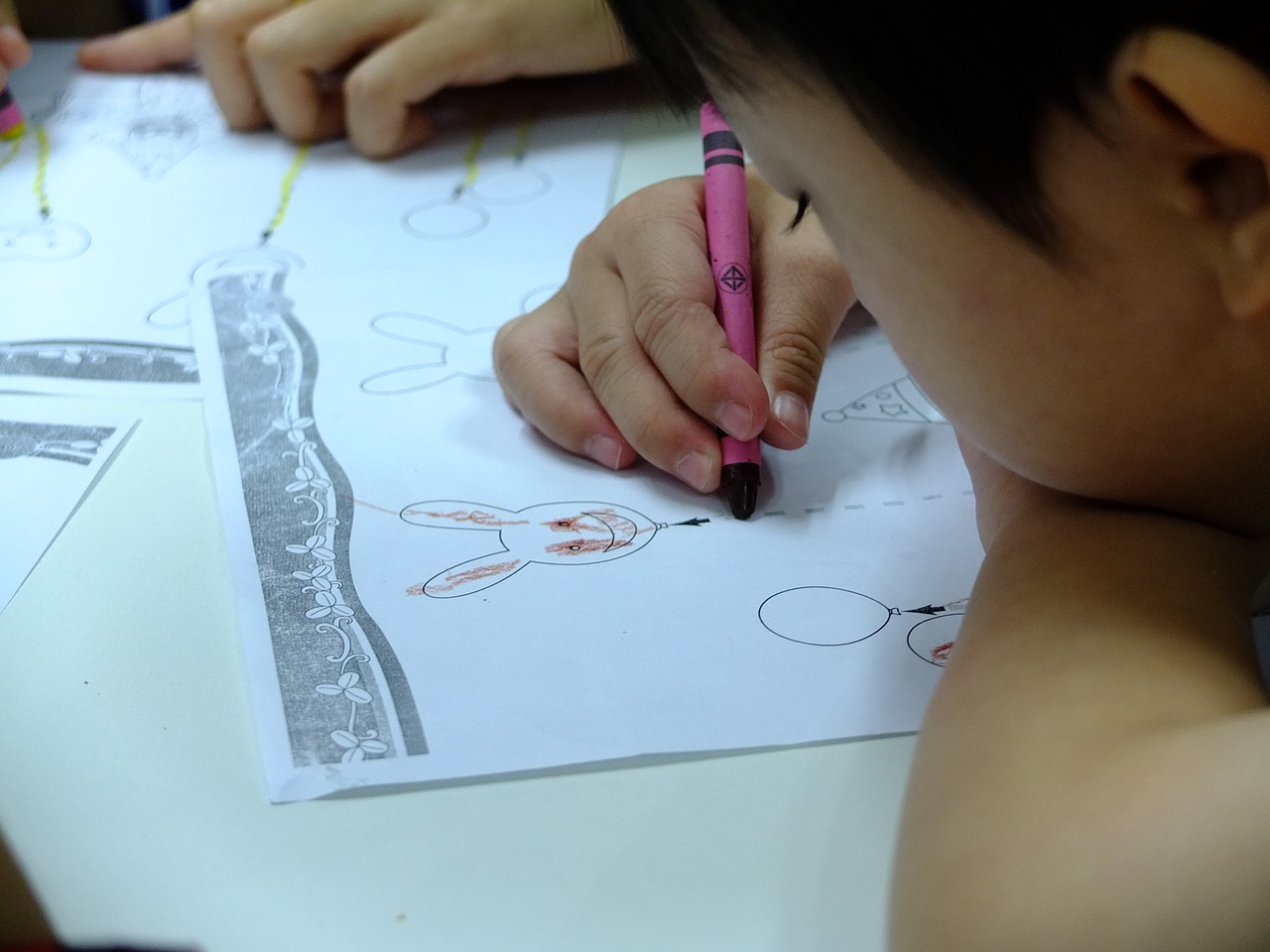
Many children have trouble reading, writing, or performing other learning-related tasks at some point. This does not mean they have learning disabilities. A child with a learning disability often has several related signs, and they don’t go away or get better over time. The signs of learning disabilities vary from person to person.
Please note that the generally common signs included here are for informational purposes only; the information is not intended to screen for learning disabilities in general or for a specific type of learning disability.
Common signs that a person may have learning disabilities include the following:
- Problems reading and/or writing
- Problems with math
- Poor memory
- Problems paying attention
- Trouble following directions
- Clumsiness
- Trouble telling time
- Problems staying organized

Each learning disability has its own signs. A person with a particular disability may not have all of the signs of that disability.
A child with a learning disability also may have one or more of the following:
- Acting without really thinking about possible outcomes (impulsiveness)
- “Acting out” in school or social situations
- Difficulty staying focused; being easily distracted
- Difficulty saying a word correctly out loud or expressing thoughts
- Problems with school performance from week to week or day to day
- Speaking like a younger child; using short, simple phrases; or leaving out words in sentences
- Having a hard time listening
- Problems dealing with changes in schedule or situations
- Problems understanding words or concepts

These signs alone are not enough to determine that a person has a learning disability. Only a professional can diagnose a learning disability.
Each learning disability has its own signs. A person with a particular disability may not have all of the signs of that disability.
Children being taught in a second language may show signs of learning problems or a learning disability. The learning disability assessment must take into account whether a student is bilingual or a second language learner. In addition, for English-speaking children, the assessment should be sensitive to differences that may be due to dialect, a form of a language that is specific to a region or group.
Below are some common learning disabilities and the signs associated with them:
People with dyslexia usually have trouble making the connection between letters and sounds and with spelling and recognizing words.
Dyslexia
People with dyslexia often show other signs of the condition. These may include:
- Having a hard time understanding what others are saying
- Difficulty organizing written and spoken language
- Delay in being able to speak
- Difficulty expressing thoughts or feelings
- Difficulty learning new words (vocabulary), either while reading or hearing
- Trouble learning foreign languages
- Difficulty learning songs and rhymes
- Slow rate of reading, both silently and out loud
- Giving up on longer reading tasks
- Difficulty understanding questions and following directions
- Poor spelling
- Problems remembering numbers in sequence (for example, telephone numbers and addresses)
- Trouble telling left from right

Did you know that 1 in 5 people are affected by learning differences? Check out our presentation to learn more about what learning differences are and what interventions can help.
Dysgraphia
A child who has trouble writing or has very poor handwriting and does not outgrow it may have dysgraphia. This disorder may cause a child to be tense and twist awkwardly when holding a pen or pencil.
Other signs of this condition may include:
- A strong dislike of writing and/or drawing
- Problems with grammar
- Trouble writing down ideas
- Losing energy or interest as soon as they start writing
- Trouble writing down thoughts in a logical sequence
- Saying words out loud while writing
- Leaving words unfinished or omitting them when writing sentences
Dyscalculia
Signs of this disability include problems understanding basic arithmetic concepts, such as fractions, number lines, and positive and negative numbers.
Other symptoms may include:
- Difficulty with math-related word problems
- Trouble making change in cash transactions
- Messiness in putting math problems on paper
- Trouble with logical sequences (for example, steps in math problems)
- Trouble understanding the time sequence of events
- Trouble describing math processes
Source: National Institutes of Health | What are some signs of learning disabilities?, https://www.nichd.nih.gov/health/topics/learning/conditioninfo/signs | Public domain. Last revised September 2018.
This resource is filed under:





